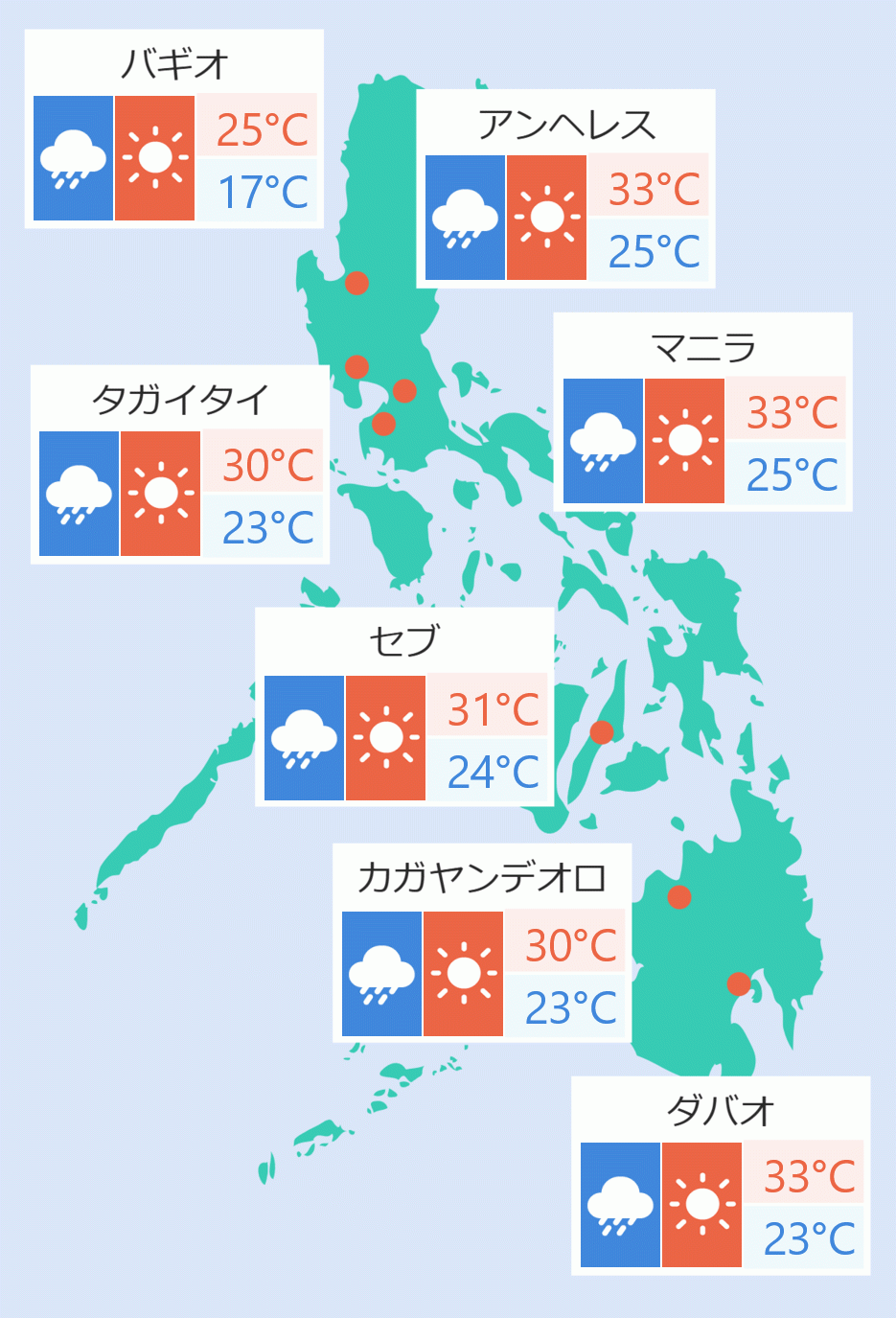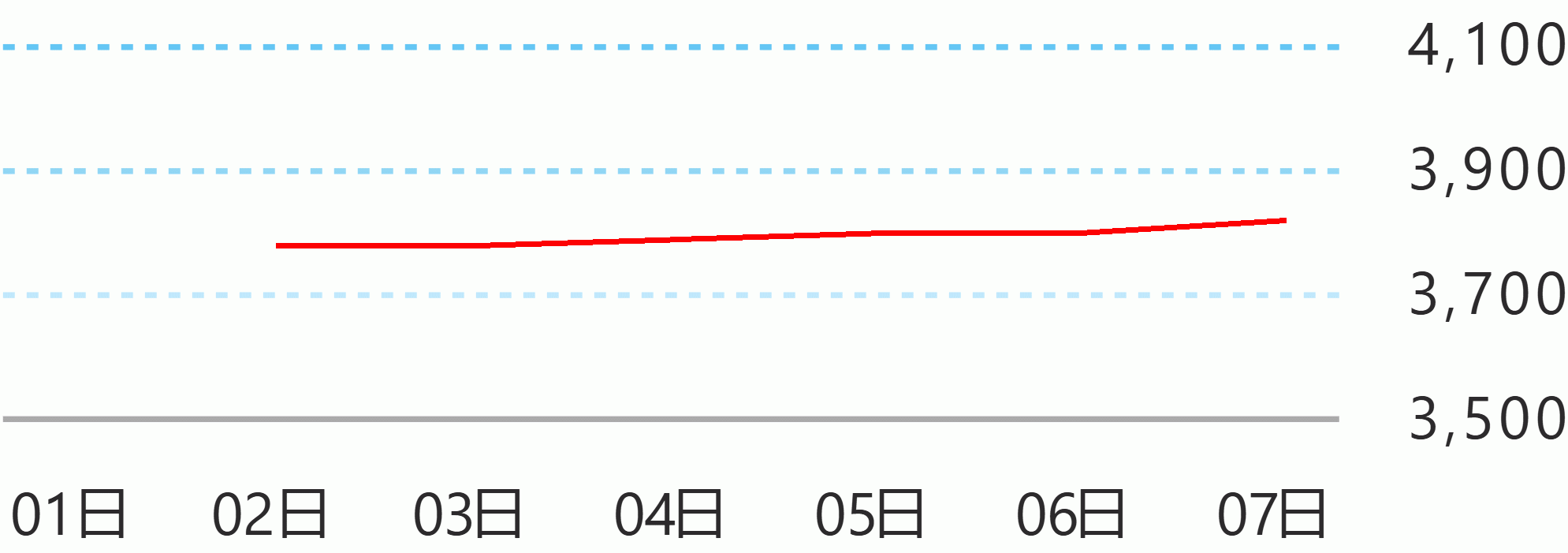President Rodrigo Duterte may approve pilot testing for face-to-face classes in areas with "minimal health risk", Presidential Spokesperson Harry Roque said Monday.
"The reaction of the Presidente, if it's just pilot and will be in the area's low number of cases, he may allow it. But it will just be pilot testing in areas with low cases. Just do that, we could as I said pilot it and see if it works, if it can be implemented in other areas," Roque said, as he recalled asking Duterte about the pilot testing of face-to-face classes in a briefing on Monday.
Roque said he wants to schedule the meeting of Duterte with the Department of Education to discuss the matter "as early as possible."
"Well, I wanted to schedule it as early as possible, but we are coordinating. Because it is useless to discuss it in a big body like a Cabinet meeting. I really wanted to be in an intimate meeting with the President, just on the topic," he said.
During the ''Laging Handa'' public briefing on Monday, Education Undersecretary Nepomuceno Malaluan said Education Secretary Leonor Briones is requesting that the DepEd will be included in the next cabinet meeting so it could present the guidelines and plans for pilot testing of the face-to-face classes.
Malaluan said the DepEd identified 638 schools that underwent screening to determine which school will join the 100 public schools that will be used for pilot testing. He added that recently the Department of Health and the DepEd both agreed to give 20 slots for pilot testing of private schools.
"We have a total of 638 schools which we screen which of them will be able to classify in what we called as minimal health risk. It means these are the schools located in areas where the growth rate of COVID cases in last two weeks is less than or equal to zero and their daily attack rate is less than one for every 100,000 population in the area. That is the minimal risk based on the classification of the DOH," he said.
Malaluan added the recommendation of the DOH and health experts are "to focus on the first key stage, the kindergarten to Grade Three students."
He said unlike before only 12 students per room will be allowed for kindergarten and not more than 16 students per room for Grades One to Three to ensure physical distancing and organized entry and exit of the school premises.
"They will only stay in the classroom for just three hours. It means the activities in the school are mainly reinforcing activities to what will predominantly be distance learning, so this is the concept of blended learning," said Malaluan. Robina Asido/DMS




 English
English









